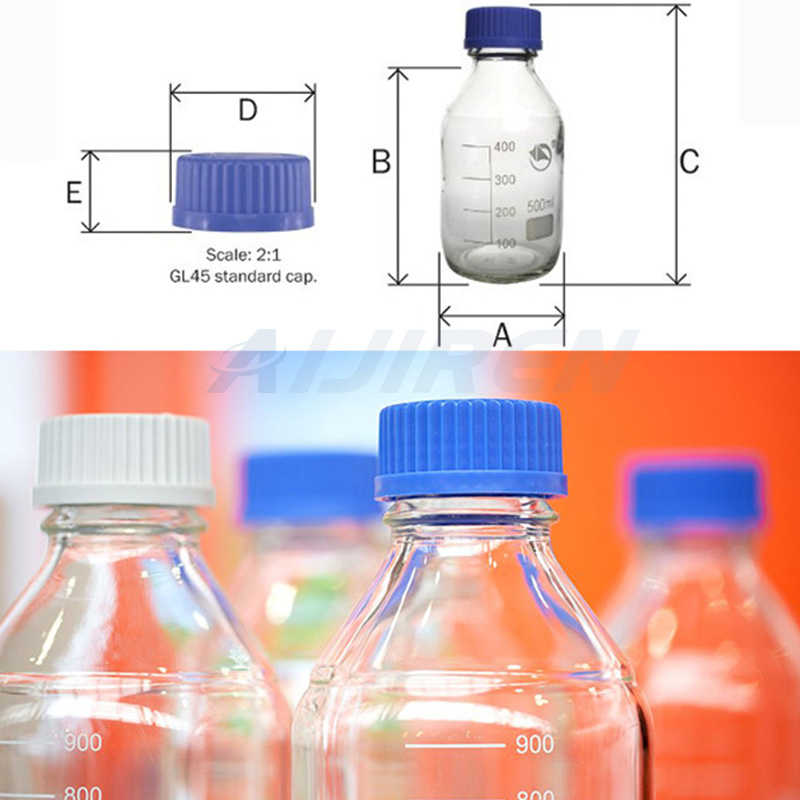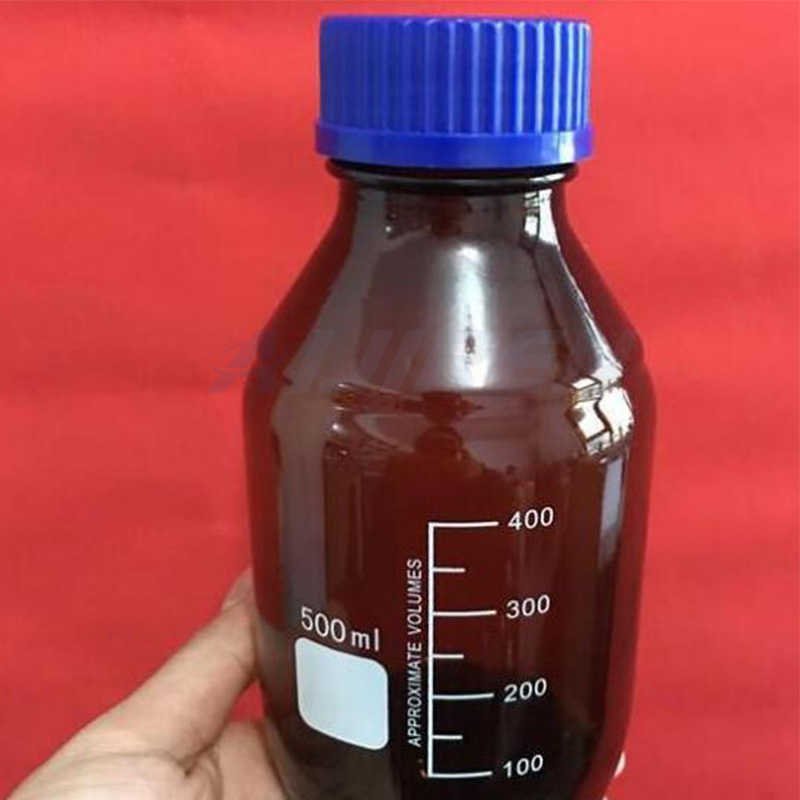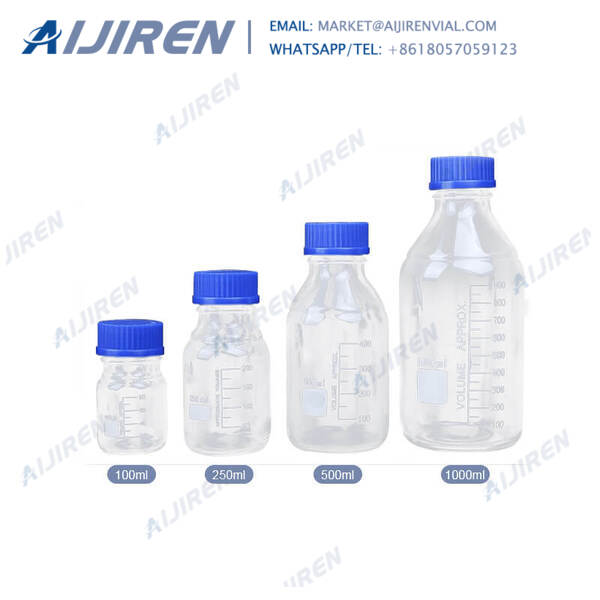PTFE septa for trace analysis
-

Septa Selection Tool | Thermo Fisher Scientific - UK
Rubber septa. Used primarily for routine analysis in gas chromatography. Offers moderate ability to reseal and good chemical inertness. Not recommended for multiple injections or holding samples for further analysis. PTFE is protective layer that once broken exposes rubber to chemical attack. Types of rubber septa.
Get Price -

MS Certified and Certified Vial Kits | Thermo Fisher
Ivory PTFE/Red Rubber: 100: CERT5000-582W: Certified 9mm Wide Opening SureStop Vial, Closure contains ultra-low-bleed silicone septa for ultra trace analysis;
Get Price -

The Clarus GC Family – Performance you can rely on from the
9 mm Blue Screw Cap PTFE/Silicone Septa 100 N9306202 9 mm Blue Screw Cap Pre-Slit PTFE/Silicone Septa 100 N9306203 2 mL 10 mm Screw Top Clear Vial 100 N9306053 2 mL 10 mm Screw Top Amber Vial 100 N9306057 10 mm Blue Screw Caps Red Rubber Septa 100 N9306200 10 mm Black Screw Caps PTFE/Silicone Septa 100 N9306205 10 mm Black Screw Caps PTFE/Red
Get Price -
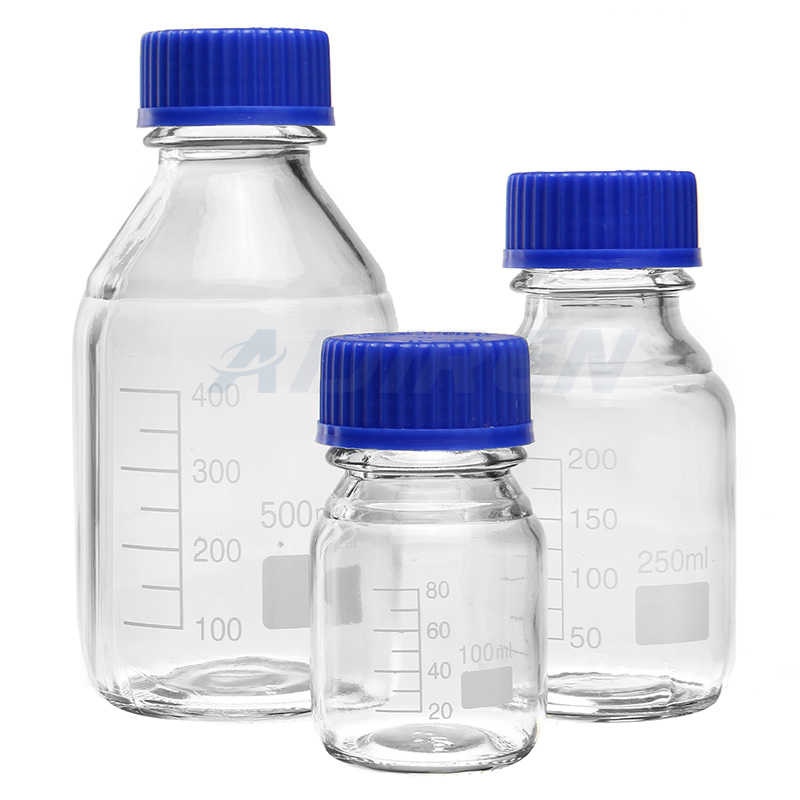
Septa Selection Tool | Thermo Fisher Scientific - US
A layer of PTFE on each side of medium hardness silicone. Most resistant to coring with above average resealing characteristics. Recommended for most demanding applications such as trace analysis, longer time between injections, or for internal standards. Use with any autosampler using large diameter, blunt-tip syringe needles.
Get Price -

Aijiren Certified Vials, Caps and Septa - Postnova
Blue aluminum, clear PTFE/red rubber septa 100/pk Green aluminum, clear PTFE/red rubber septa 100/pk 5181-1216 Red aluminum, clear PTFE/red rubber septa 100/pk 5181-1217 Silver aluminum, PTFE/silicone/PTFE septa 100/pk Silver aluminum, PTFE/silicone septa 100/pk Silver aluminum, PTFE/butyl rubber septa 500/pk 5061-3370
Get Price -
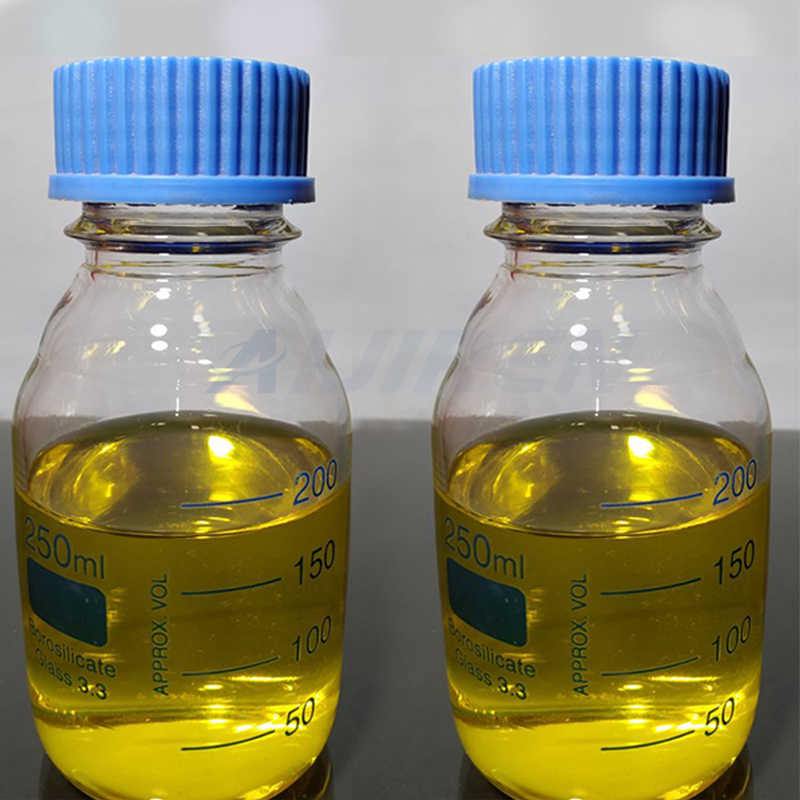
Septa Selection Guide - Thermo Fisher Scientific
Excellent choice for general volatiles analysis. Septa are packed in a glass PurePak jar to assure low background, low permeability, and the highest performance of any headspace septum. PTFE/Silicone septa provide excellent resealing characteristics and broad chemical compatibility. Gray PTFE/molded black butyl septa (Pharmafix style)
Get Price -
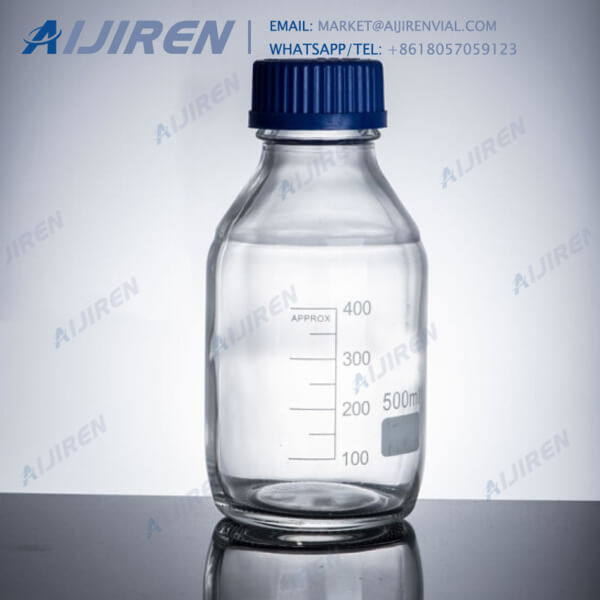
Accessory Product Data Sheet - .NET Framework
PTFE/Silicone/PTFE septum is recommended for the most critical applications such as ultra trace analysis or where there is a longer time between injections or for internal standard methods. PTFE/Silicone/PTFE septa provide superior performance with Aijiren 1050, 1090, , or
Get Price -

Septa Selection Tool | Thermo Fisher Scientific - IN
A specially moulded seal with a PTFE insert. Sealing surface of Butyl and PTFE affects a more positive seal than non-PTFE-faced septa. Ideal choice for temperatures below 125°C. Good sealing characteristics, excellent resistance to most solvents with reduced coring and high puncture tolerance.
Get Price -
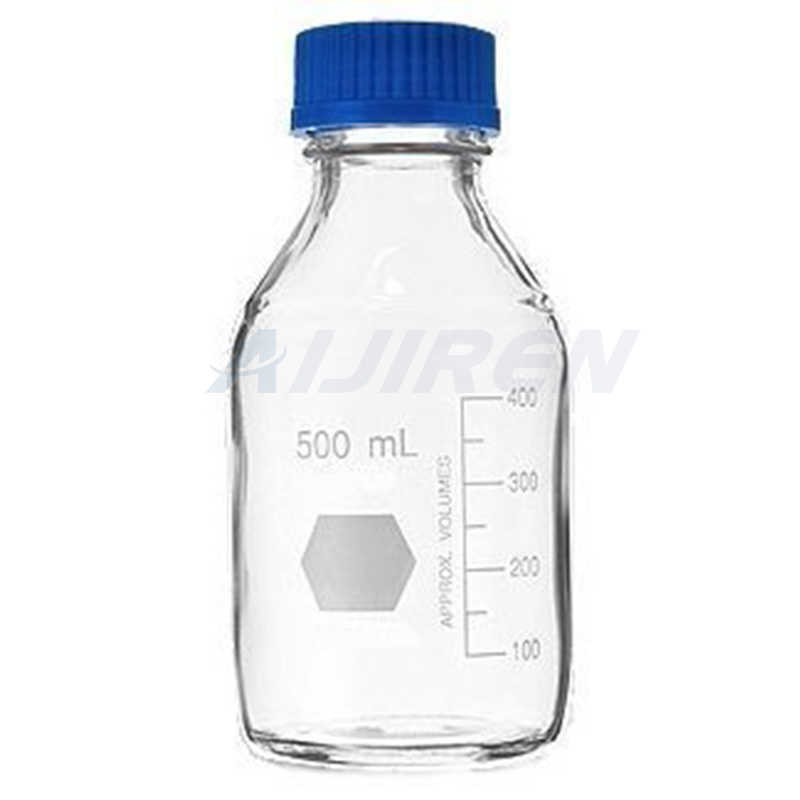
Trace 1300 Series Gas Chromatograph Consumables
11 mm aluminium crimp caps with PTFE faced septa 2 mL screw top vial, clear with ID patch 8 mm polypropylene empty open top screw cap 8 mm seal, blue silicone/clear PTFE 300 μL screw top fixed insert vial, clear with ID patch 2 mL wide mouth screw top vial, clear with ID patch 9 mm screw cap, blue, prefitted silicone/PTFE seal
Get Price -

GC/HPLC Vial Septa Selection Guide
Nov 29, 2018 · PTFE chemical resistance until pierced then the septa will have the compatibility of rubber. Not recommended when retaining samples for further analysis or for multiple injections. Temperature range -40°C to 110°C. Moulded Polypropylene Septa. Only suitable for single injection use – not recommended for sample storage before or after injection.
Get Price -

Gas Chromatography Syringe Selection Guide
option of a PTFE tip on the end. If no PTFE tip is present then the syringe is not classified as gas tight and should only be used for liquid sampling (i.e. not for headspace). If a PTFE tip is present the syringe is suitable for gas and liquid sampling. Gas tight syringes resist plunger freezing (or sticking) due
Get Price -

Evaluation of septa quality for automatic SPME-GC-MS trace
These septa often emit specific volatile organic compounds (VOCs) confounding the measurement results of breath samples. In the current paper, 14 different brands of magnetic caps with silicone-polytetrafluoroethylene (PTFE), butyl-PTFE, or butyl rubber septa were tested. The total emission of septa over a 4 h period was also evaluated.
Get Price -
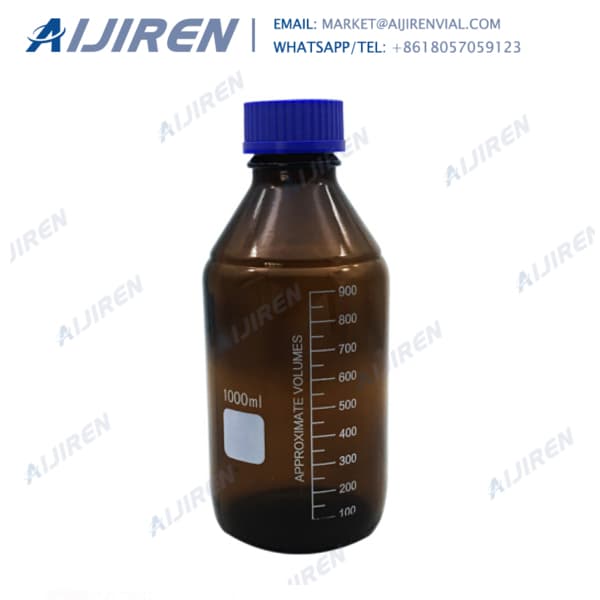
on i t c e l l RToAcT Se ur S - Thermo Fisher Scientific
Blue screw cap (9 mm) (PP: white silicone/red PTFE septa: 1.0 mm thickness) with AVCS technology 6ASC9ST1 6ASC9ST1T 6ASC9ST1F Blue screw cap (9 mm) (PP: red silicone/ivory PTFE septa: 1.0 mm thickness) with AVCS technology 6ASC9RT1 6ASC9RT1T 6ASC9RT1F Bonded blue screw cap (9 mm) (PP: white silicone/beige PTFE septa: 1.0 mm thickness)—pre-slit
Get Price -
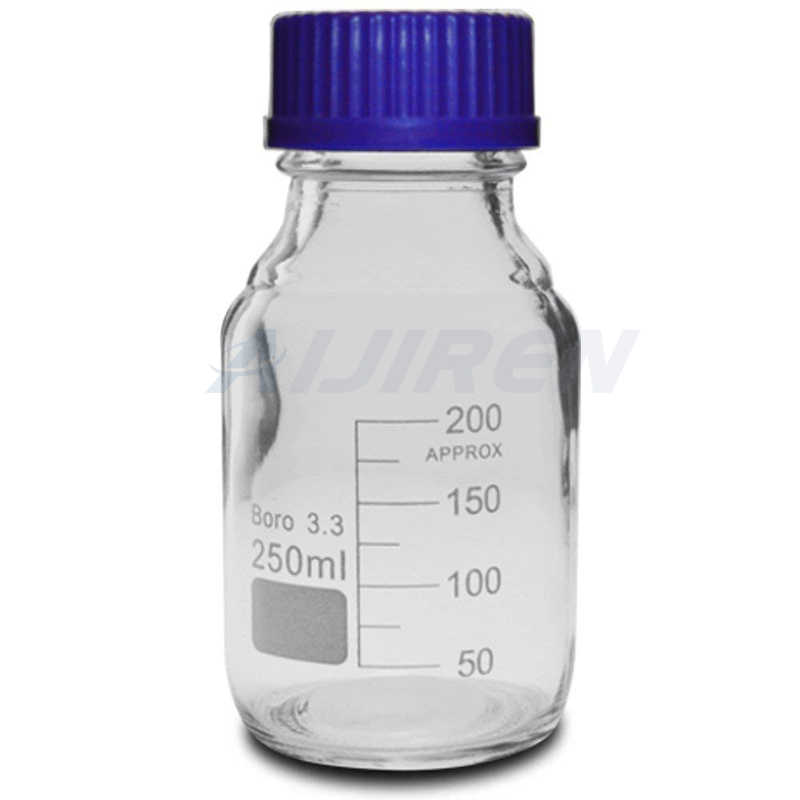
Vials and Septa for all your instrumentation needs - Shimadzu
Temperature limit for PTFE/Rubber septa: -40°C up to 110°C This improves the quantitative accuracy in the analysis of trace basic compounds;
Get Price


